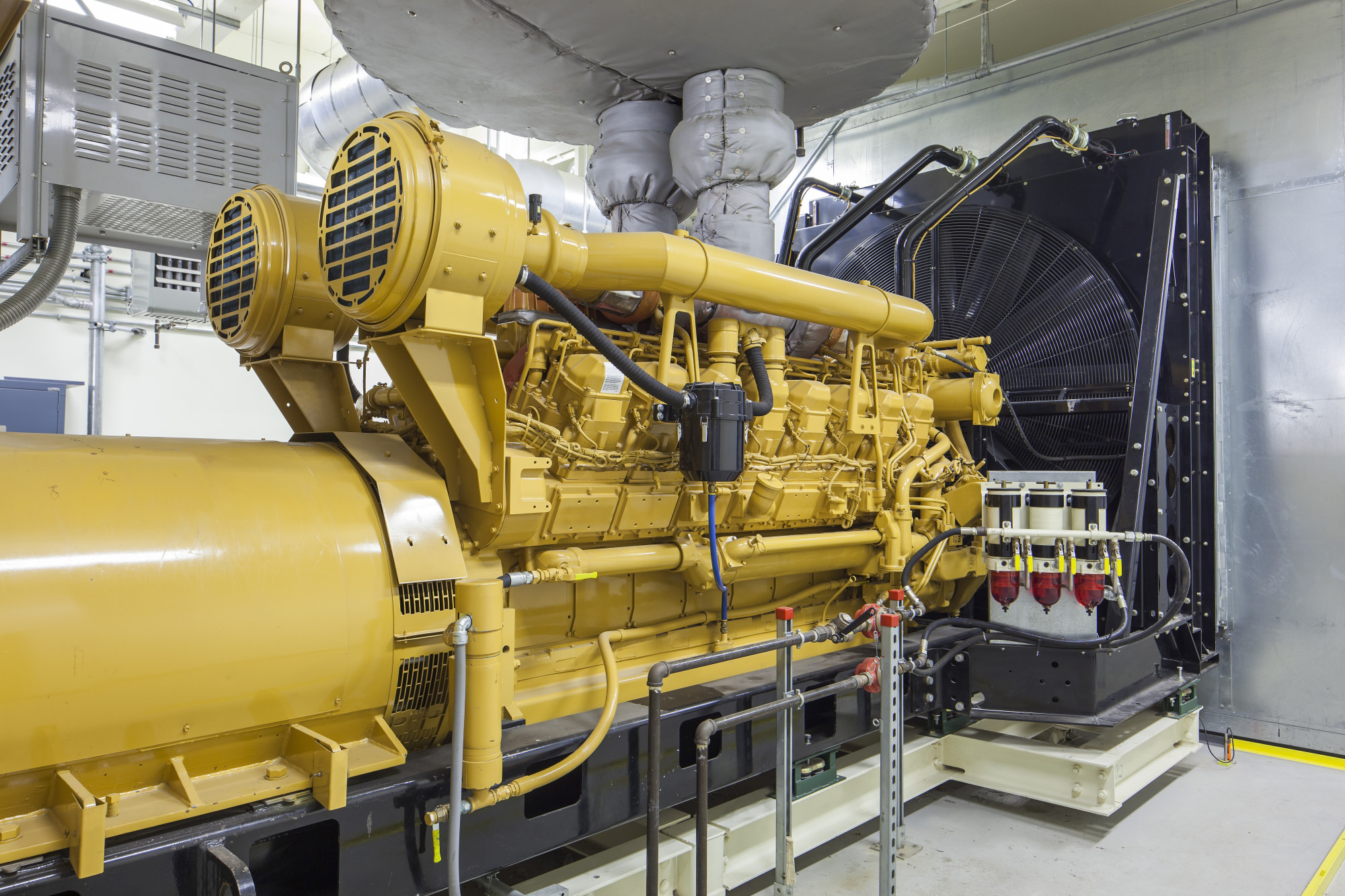If you’ve been keeping up with the recent turmoil at Chesapeake Energy, then you are well aware of the volatility of its current standing. With an inability to pay back the 9.1 billion in debt that they have accrued, their stock valuation has dropped drastically for the first time in almost 20 years.
The Chesapeake Energy news brings about talks of bankruptcy as shareholders scramble to find solutions. With a valuation of only 2 Billion and a debt of over 9 Billion, the phrase “growing concern” is not one that executives want to hear; however, under the circumstances, its inevitability is evident.
So What Happened
To put it in terms, everyone can understand—it starts with supply and demand. With many Americans taking fewer road trips, the influx of the energy-efficient modes of transportation, etc. there is not enough revenue to pay back the debt that was amassed.
Sure, they are still making money (lots of it;) however, their debt has become such that at the rate that they are earning money is not exceeding that which they are accruing debt. They have placed themselves in a position where their ability to pay back their lenders, maintain their current operating costs, and still be profitable is severely skewed.
This situation is not only hurting the gas and oil industries, but the trickle-down effect is now in full swing. Let’s take a look at how this affects those in the commercial generator market.
Chesapeake Energy News Trickle-Down Effect
The state of Chesapeake Energy isn’t containable to their own business or even industry. Part of the issue with the current situation is that the sudden decline influences it in gas prices. And the sudden drop in gas prices is due to the overabundance of U.S. shale on the market. This point is where the trickle-down effect for this industry began.
Sure low gas prices mean that the average American is smiling at the brief reprieve on their wallet; however, studies show that energy consumption is declining. With fewer people relying on gas and oil-based energy companies for their source of power, this poses a unique problem for the commercial generator market that earns revenue based on the sale of gas and diesel-powered machines, and those sales are often reliant on fuel prices.
For those oil companies who are massively in debt— this trickle-down effect can be the straw that breaks the camels back.
For those industries that rely on the energy produced by Chesapeake Energy, this news weighs heavy on their ability to expand and grow.
Not All Hope Is Lost
The news seems bleak; however, not all hope is lost. The commercial generator industry still has a few allies that help to ensure it’s longevity for many years to come.
Let’s take a look at a few industries that are not only helping to stabilize the commercial generator market but improving their outlook to show increased profitability.
Data Center Construction
Currently, in the data center construction industry North America still accounts for 44% of the total market. The competition between states and cities is extremely competitive. So much that a few states —like Texas, for example— have offered business and property tax exemption for businesses who build in their region.
It’s not just data centers that are coming to the aid of the commercial generator markets, large warehouse and storage facilities are also at the forefront of this trend.
With most of the world increasing their frequency of online purchasing, retailers have seen a growth in profitability. Their need for large data centers and large warehouse spaces has increased. We see this with companies such as Amazon, Chewy, and others. Facebook alone is already working on its fifth data center, which will span 2.5 million square feet.
Let’s also not forget the new industries that are being created due to advancing federal legislation. We are talking about the upcoming federal docket for the legalization of cannabis nationwide.
Cannabis Grow Operations
For decades many have championed for the legalization of cannabis for both its medicinal and recreational uses. Currently legalized in a handful of states, the expectation is that this issue will receive full federal support within the next few years.
Such a decision on a national level and triggering a boom in the construction industry, which, of course, relies heavily on commercial generators, will create an unlikely ally in the cannabis industry.
Not only will commercial generators assist in the construction of these grow facilities, but they will also be needed as a backup should, for whatever reason, as such facilities require a delicate balance of energy to maintain their product.
Mining, Medicines, and More
As North America sets itself to become a power player among the worlds leading oil exporters, we will see an increased demand in the mining industry for commercial generators. As of June 2019, North America oil exports topped their monthly average at 3.2 million barrels per day.
Currently, the United States is producing more oil than ever. Specifically, 80% more than prior projections with an expected growth set for the next four years.
In the biopharmacy manufacturing industry, there’s a need for a constant supply of power. Should a power outage occur, it could compromise the molecular structure of the pharmaceuticals costing the facility millions in lost research and development.
Nautical manufacturing, in particular, large scale ships that work in every industry from national defense to the private and commercial sectors, is also on the rise. With no other options than by sea or by air, ships will be the go-to option for transporting large scale items such as cars, manufacturing equipment, etc.
Overall Outlook
Some fluctuations occur in every industry and the Chesapeake Energy news, while it affects other sectors, it will not bankrupt other industries. The commercial generator industry in North America is expected to reach 26.6 billion in revenue by 2026, so it’s safe to say that the industry—despite other factors—is on solid ground.
For more details on how we can help check out our website for more information.









